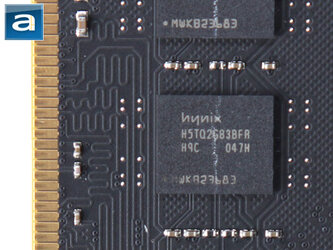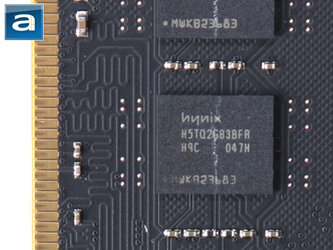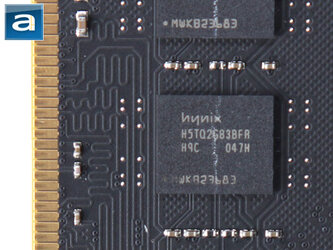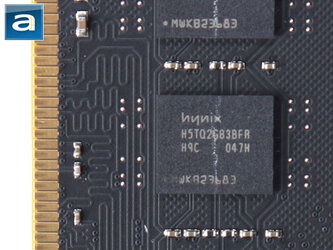I am currently looking to purchase this memory kit. There are two sets of specs, the tested and the SPD. What's the difference? If I'm looking for a 2133mhz CL9 memory kit, is this the right kit for me? Are there any better alternatives?
Also, is there any real benefit from 32GB over 16GB of RAM?
Also, is there any real benefit from 32GB over 16GB of RAM?
Last edited:



 . WEI isn't even consistant. I moved the same set of RAM from one system to another, and it dropped from 7.5 to 5.9. Same ram, same timings, same clocks. I moved it back to the original system and it scored 6.someth
. WEI isn't even consistant. I moved the same set of RAM from one system to another, and it dropped from 7.5 to 5.9. Same ram, same timings, same clocks. I moved it back to the original system and it scored 6.someth